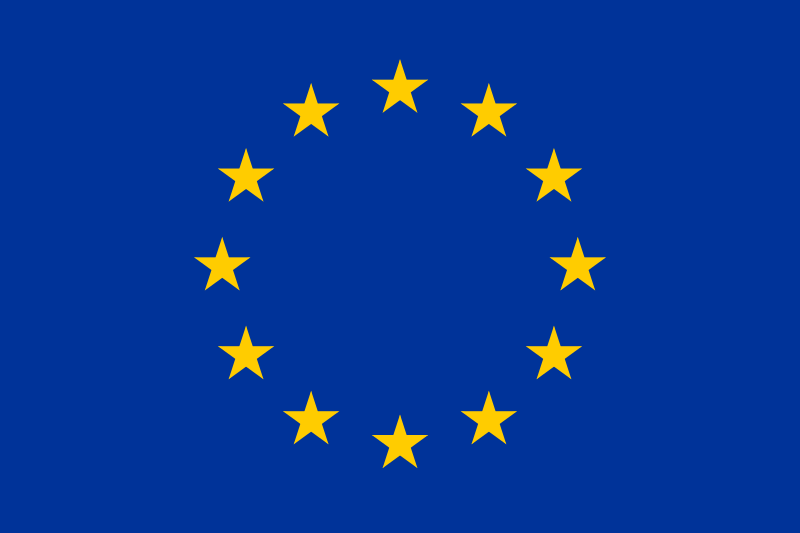Types of Automated Feeders Used in Aquaculture
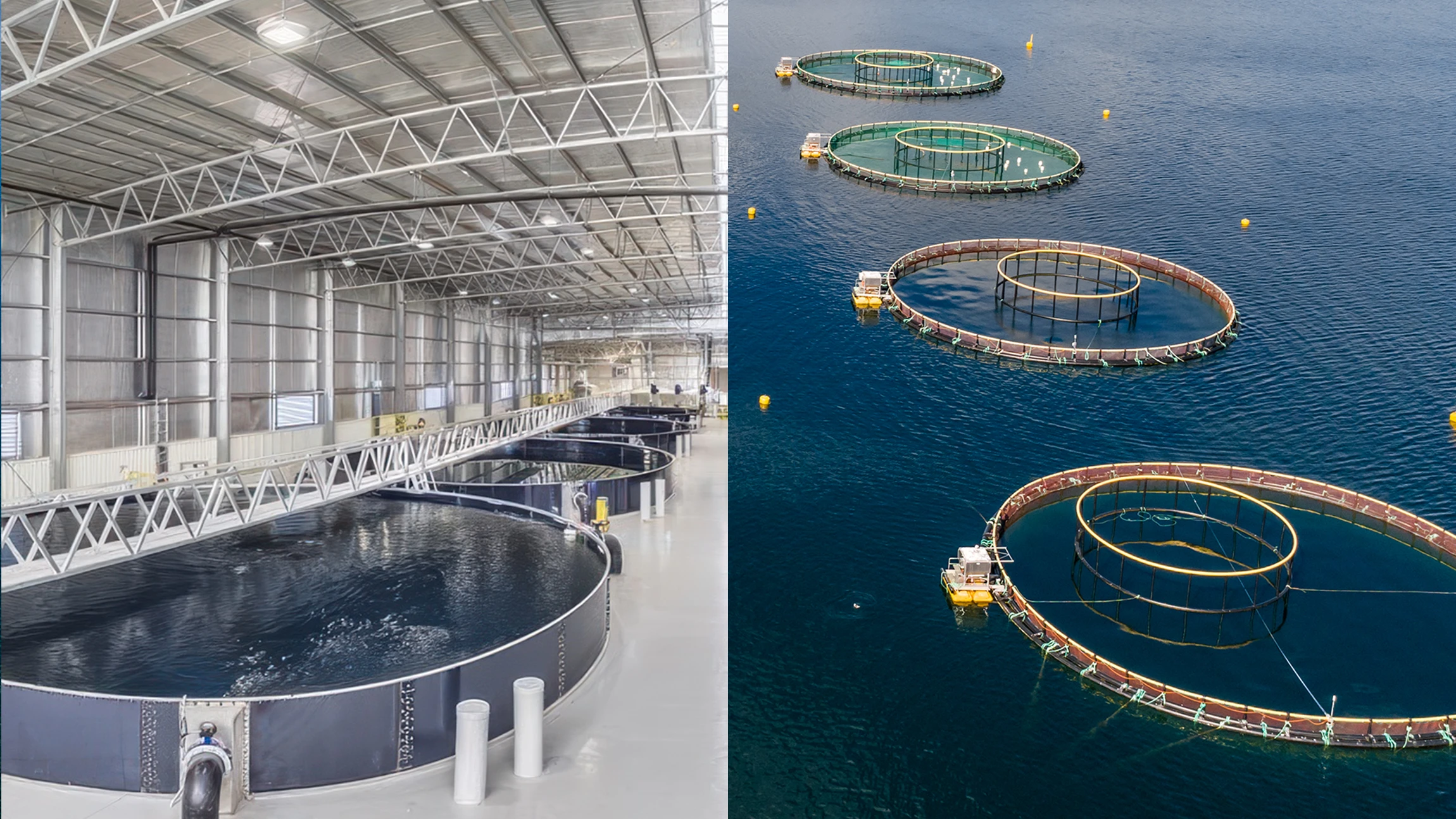
Depending on the type of a fish farm, as well as on its investment budget available for feeding equipment, the market offers several solutions to automate the feeding at any stage of fish farming.
Before selecting which feeding system to use, we recommend checking the following parameters related to the fish feeding:
- Amount of feed to be delivered to each tank and day.
- Total amount of feed that should be delivered to tanks per day at the fish farm.
- Number of scheduled feeding doses.
- Dose sizes (minimum and maximum) used for fish or shrimp feeding at the farm.
- Financial limits on investment for the feeding system (considering the return on investment).
Taking these elements into account, we have various technological solutions, with different price ranges in the market:
1. Single Feeders for Aquaculture
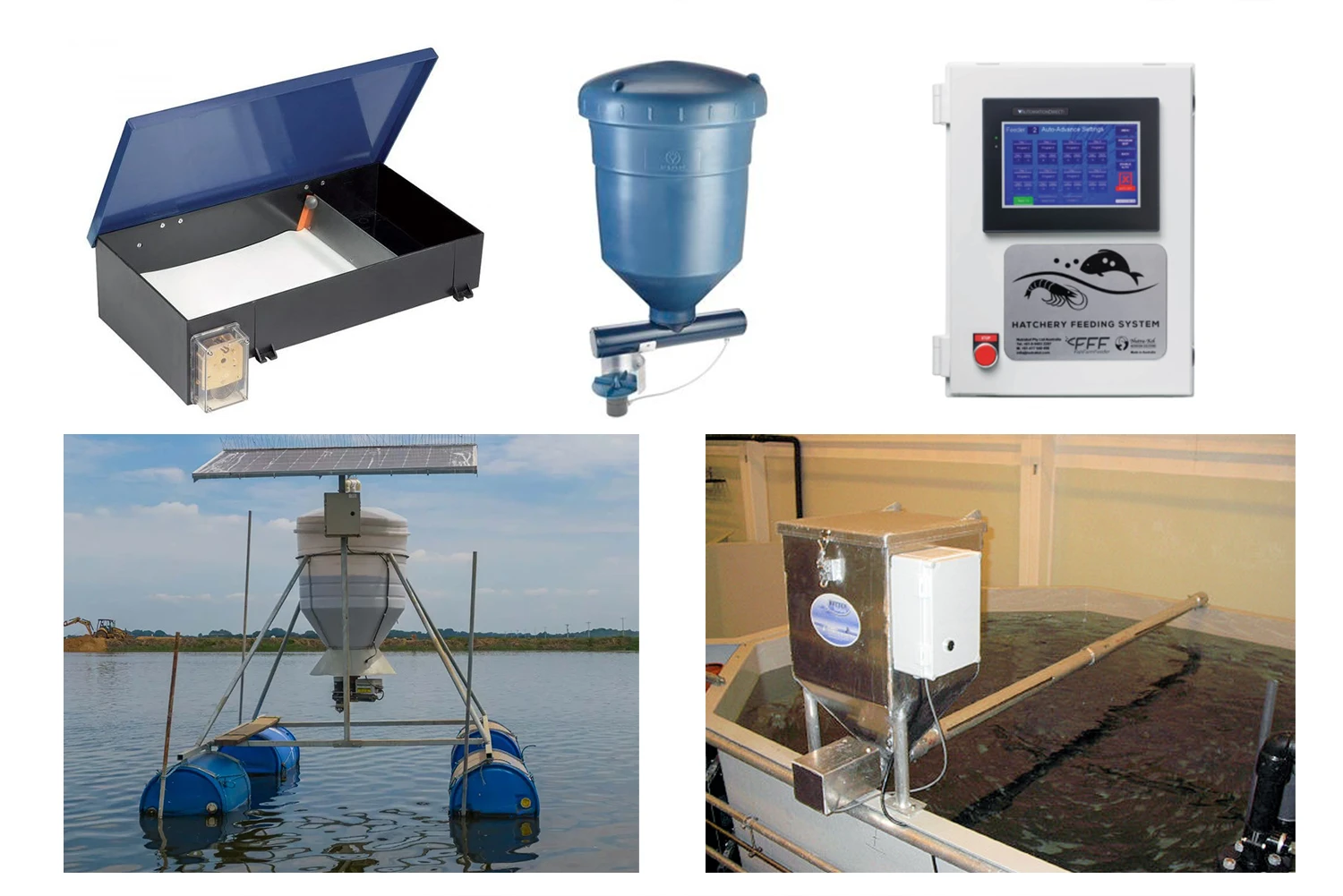
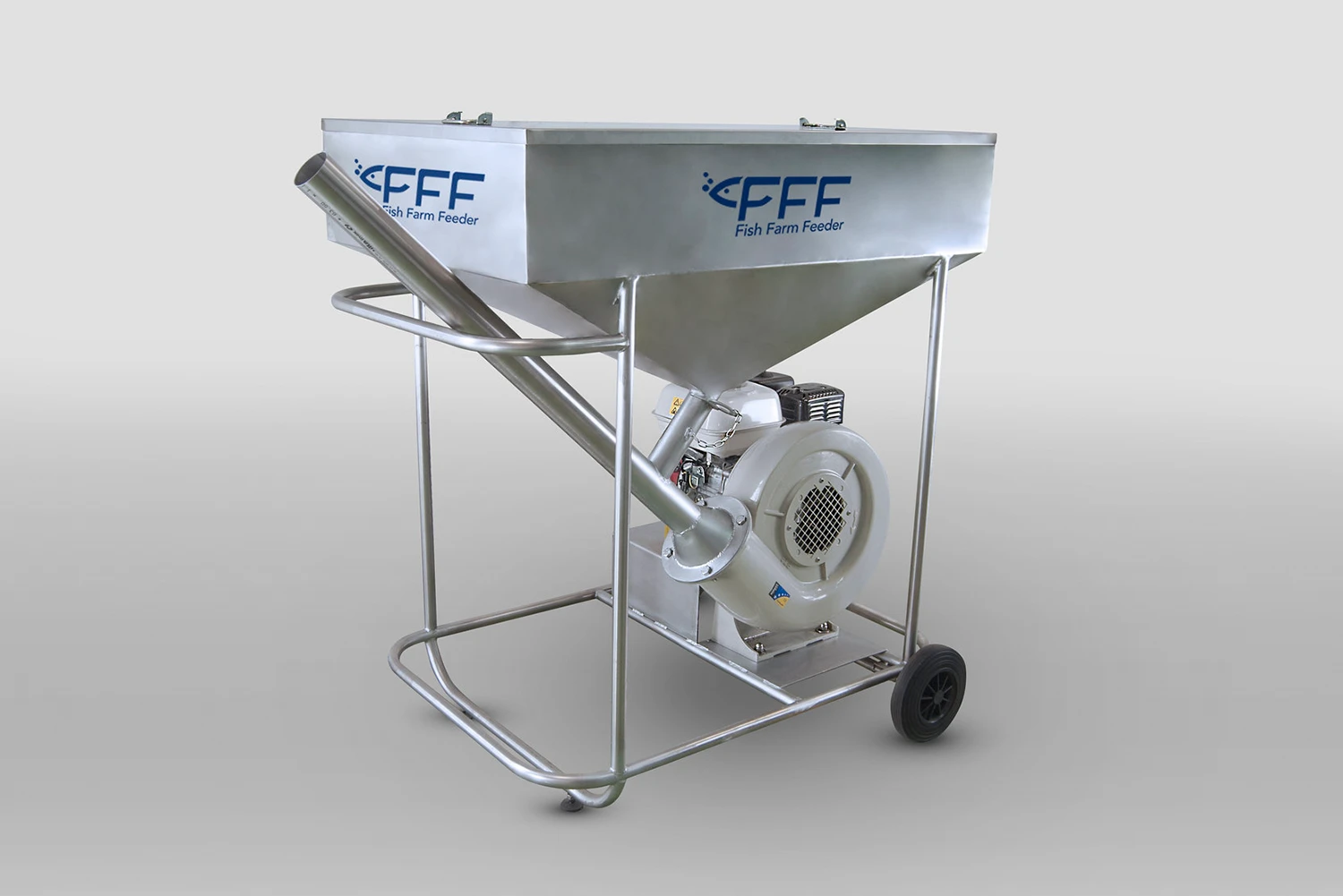


The individual feeders consist of a silo or hopper and a dosing system.They can work individually or connected to a control panel.
- Advantages: Low-cost investment. They allow continuous dosing.
- Disadvantages: Silos are small so require frequent recharging. Only one type of feed can be used. Higher maintenance costs. They have limited software and programming options.
2. Mooving Feeders for Fish Farming

When we talk about mobile automated feeders, we mean truck-mounted feeding systems.
- Advantages: They have the ideal feeding capacity for large areas with large tanks.
- Disadvantages: They need a worker for each vehicle. Higher maintenance costs. They have limited software and programming options.
3. Rail Feeders for Aquaculture Farms

In this type of feeder, the feeding system has silos and dispensers that circulate on a rail previously installed over the tanks at a fish farm.
- Advantages: It contributes to labor savings. It has centralized software for feeder and feeding management.
- Disadvantages: It requires initial investment and installation of rails. Silo capacity is limited. The farm should count with more maintenance. Feeding is continuous and with few doses.
4. Drag Chain Feeding Systems

This feeding system works through pipes with a drag system.
- Advantages: It has a single feeding line for transporting feed.
- Disadvantages: It requires initial investment and pipe installation. The maximum drag length is limited. Maintenance is high.
5. Central Feeders
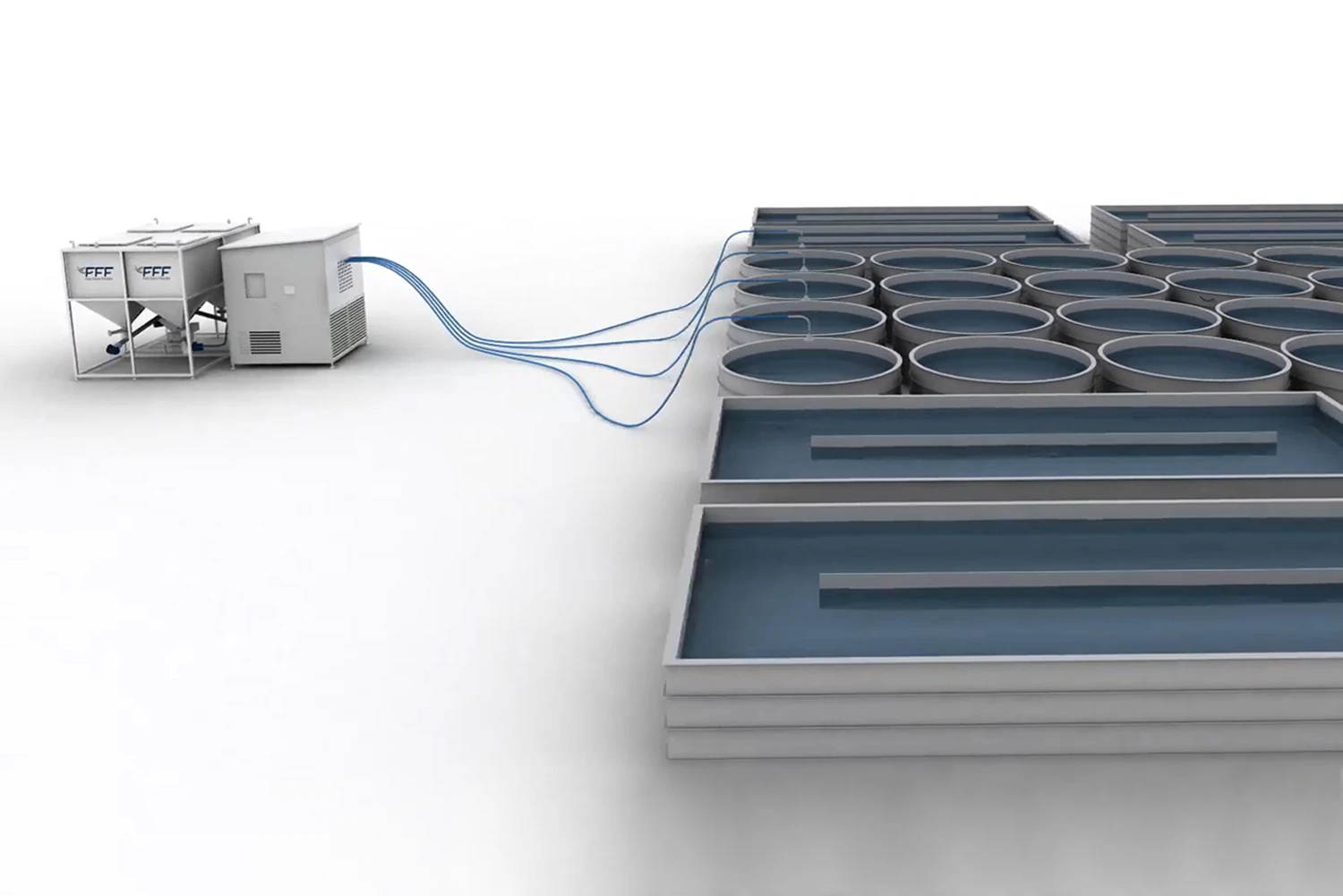
In this case the pneumatic feeding system is located in the center of the farm, with pipes connected to each tank.
- Advantages: It contributes to labor savings. It has centralized software for feeder and feeding management. Multiple silos could be used – depending on the type of feed requested for the fish growth. It allows to mix feeding pellets. It permits to centralize pellets storage as well as creating random feeding with multiple doses. Low maintenance.
- Disadvantages: It requires initial investment and pipes installation.
6. Barges for fish feeding in lakes and sea

In order to be able to feed fish in large areas located far from land, centralized feeders are integrated into a barge. They are usually used for feeding cages in sea or lakes.
Invest in an automated feeding system?
When considering the investment, it should be taken into account whether the feeding system contributes to:
- Savings in feed consumption, and improvement of FCR.
- Savings in labor costs related with feeding.
- Improved SGR.
- Less pollution because of better use of the feed.
- Homogeneous growth of fish and shrimp, by applying feed spreaders.
Optimize your fish feeding and maximize your production.
Take the leap into smart aquaculture today!
Fish Farm Feeder is the only global manufacturer of automated feeding systems for all stages of the production cycle, from hatchery to grow-out, on land, in lakes, or at sea. With our technology, we guarantee precision, efficiency, and sustainability to optimize every feeding process.


